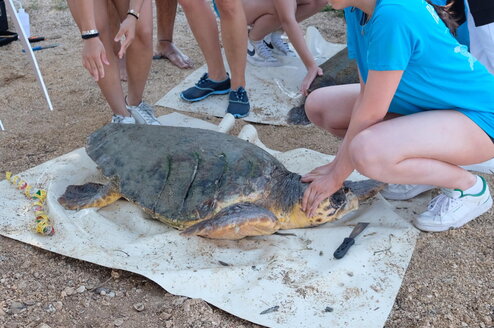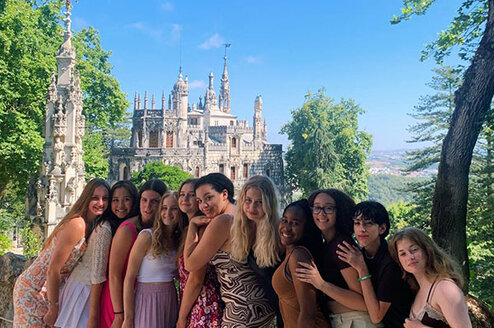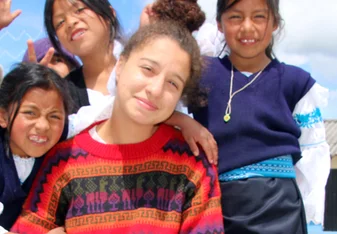High School Abroad in Colombia
High School Abroad Programs in Colombia
About
Almost untouched by time, Colombia is a country of lush forests, ancient cities, quaint towns, and a culture so alive, every street corner tells a story.
Choosing to go overseas as a high school student is a decision to start the journey to independence, something Colombia is ready to help you with. Spend a few weeks (or even a few months) immersing yourself in this unique and exquisite country through volunteering with children or learning Spanish. Colombia has something for everyone.
Colombia is great for students who want the opportunity to learn and volunteer in a diverse landscape, learn Spanish, or learn more about Latin American culture.
Program Types
Volunteer Programs
Colombia has numerous volunteer programs that can last anywhere from 2 to 12 weeks. Students will have the option of working with children, studying the surrounding environment, or studying the local culture and traditions through the Spanish language. Volunteering is a great way to learn through service and gain knowledge not found in a classroom.
Winter Break Programs
Take a few weeks out of your winter break and head to Colombia to study the environment. Whether it be the bustling city, small towns, or the rain forest, Colombia is home to some very unique environments. Through programs like these you will have the opportunity to explore Colombia and meet others with similar interests from all over the world.
Planning Your Trip
Visa
A student visa is only required for stays longer than 90 days - you won't need a visa if your stay is shorter than that. You must fill out and send the application into your local Colombian embassy no later than 3 months prior to your departure. Most programs offer assistance throughout the visa application process. The application can also be found online for you to print and fill out.
Housing
Your housing will depend on the type of program you chose. Most programs have homestays where, for a few weeks, a local family opens up their home and welcomes a foreign student. Homestays are a great opportunity for students, as the host families can show their guest what it's like to live locally. Students will have the opportunity to experience culture first-hand and get a jump start on their Spanish skills.
Other programs offer on-site facilities. Similar to dorms, these are shared rooms or apartment-style facilities close to the school where students can make new friends from all over the world.
Costs
Colombia is relatively inexpensive. Most programs provide three meals a day, cutting down on some of the daily costs of living in Colombia. Students are responsible for any personal expenses, though, so still budget around $15-$20 to pay for some of the extra excursions your program might offer.
Packing Tips
Colombia sits in the tropics close to the equator which means there is very little change in the temperature throughout the year. Although it depends on where in Colombia you are located, the average temperatures during the day will be in the 80s, the northern highlands will be a little cooler. The evening can be on the cooler side. Pack warm weather clothing for the day and a light jacket for the evenings.
Colombia doesn't have typical seasons, but it does have wet seasons and dry seasons. If you end up in Colombia during the wet season (March through May and September through November), you will need to pack rain boots and a rain coat. You should also bring some long sleeve shirts and a pair of pants. No matter which season you find yourself in, be sure to bring sunscreen and insect repellent.
Health and Safety
Traces of the Zika virus have been found in Colombia. To learn more about Zika and how to avoid getting infected, read the Washington Post's article on Zika precautions.
Colombia has a reputation of being dangerous and unsafe for travelers. However, tens of thousands of tourists travel to Colombia every year and have no problems. This does not mean that there are no risks: you'll need to be smart and aware of your surroundings, especially in the larger cities. It's not a secret that the drug presence in Colombia does cause problems that can sometimes affect foreigners visiting, but this is when it is important to listen to your host family or your program provider when they tell you places to avoid.
Parents should be calmed by the fact that all host families and on-site facilities are located in safe areas. The safety of the students is taken very seriously among all programs within Colombia.
Hepatitis A and B and typhoid vaccinations, along with malaria preventative medications, are required when visiting Colombia.


























